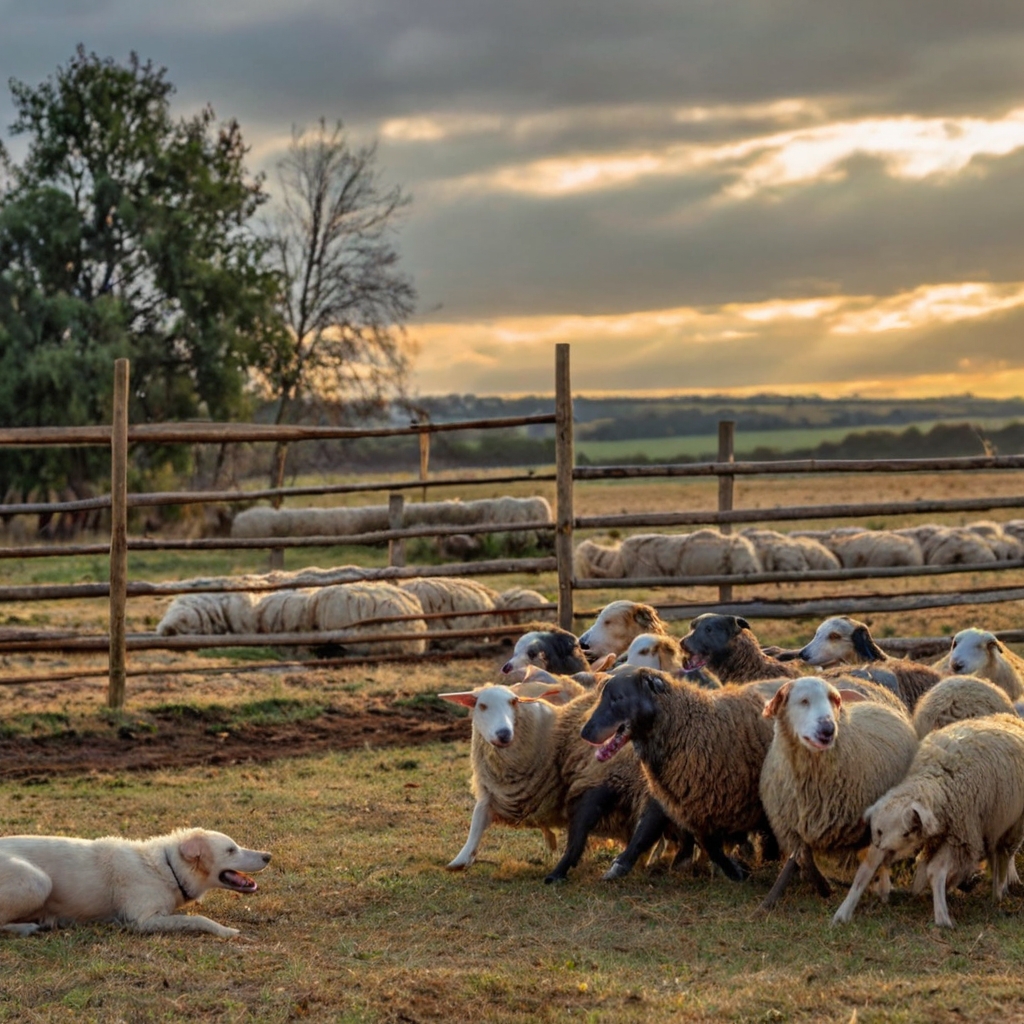Herding dogs are bred to manage and move large groups of animals, such as sheep or cattle, from one place to another. This is achieved through a combination of innate ability, training, and strong communication between the dog and its handler. Effective training is crucial for herding dogs to perform their duties efficiently and safely. The training process involves teaching the dog to respond to various commands that help it to herd the animals successfully.
One of the key aspects of training herding dogs is to establish a strong bond between the dog and its handler. This bond is built on trust, respect, and clear communication. The handler must be able to give commands that the dog can understand and respond to, and the dog must be able to interpret these commands correctly. The most common commands used in training herding dogs are designed to guide the dog in its herding work and to ensure that it can manage the animals effectively.
Basic Commands
Before a herding dog can learn the specific commands related to herding, it must first master basic obedience commands. These commands provide the foundation for more complex instructions and help to establish the dog’s understanding of the handler’s expectations. Basic commands such as “sit,” “stay,” “come,” and “walk” are essential for all dogs, including those intended for herding work. These commands help in managing the dog’s behavior and in creating a disciplined and responsive animal.
Herding-Specific Commands
Once a herding dog has a solid grasp of basic obedience, it can begin to learn commands specific to herding. These commands are tailored to the dog’s role in managing and moving animals. The goal is to teach the dog to respond to commands that guide it in gathering, moving, and controlling the movement of the animals. This includes commands that tell the dog to move to the left or right, to come closer or to move away, and to start or stop herding.
Common Herding Commands
There are several commands that are universally recognized and used in herding. These commands are often given in the language of the country where the handler and dog are working, but their meanings and the actions they prompt are consistent across different languages and cultures. Some of the most common herding commands include:
- Come bye: This command instructs the dog to move clockwise around the animals.
- Come on: This is a general command to start herding or to continue herding in the current direction.
- Steady: This command tells the dog to slow down and keep a steady pace, often used when the animals are moving steadily in the desired direction.
- Look back: This command is used to remind the dog to keep an eye on the animals and to ensure none are left behind.
- Way to me: This command instructs the dog to bring the animals towards the handler.
- That’ll do: This is a command to stop herding and return to the handler, signaling the end of the herding session.
Each of these commands plays a crucial role in the herding process, allowing the handler to guide the dog in managing the animals efficiently. Consistency and clarity are key when giving these commands, as the dog must be able to understand and respond to them without hesitation.
Training Techniques
Training a herding dog requires patience, consistency, and positive reinforcement. Handlers use a variety of techniques to teach these commands, including the use of whistles, verbal cues, and body language. Positive reinforcement, such as praise and rewards, is a powerful tool in herding dog training, encouraging the dog to repeat the desired behaviors.
Handlers also need to consider the natural instincts and abilities of the dog, tailoring the training to the individual dog’s strengths and weaknesses. This personalized approach helps to build a strong working relationship between the dog and handler, which is essential for successful herding.
Conclusion
The most common commands used in training herding dogs are designed to facilitate effective communication between the dog and its handler, enabling the dog to manage and move animals safely and efficiently. Understanding and mastering these commands is crucial for both the handler and the dog, as it allows them to work together as a cohesive unit. Through consistent training, positive reinforcement, and a deep understanding of the dog’s instincts and abilities, handlers can develop a highly skilled herding dog that is capable of performing its duties with precision and reliability.
